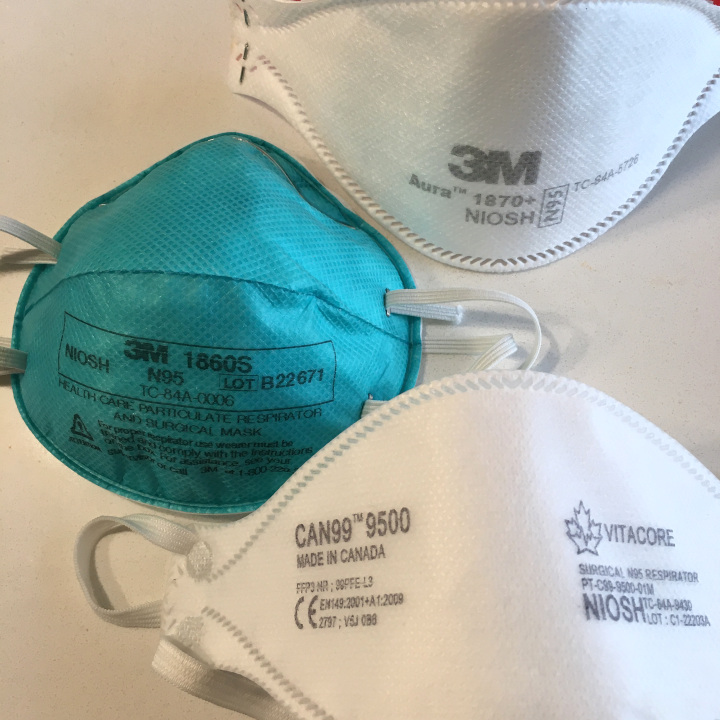Flannery Dean is a writer and editor based in Hamilton.
Nearly five years into life with COVID-19, I find myself selfishly wondering how many more times I – by which I mean, all of us – need to get it before we acknowledge that allowing multiple reinfections poses a very large problem? I thought my second bout of it (or was it my third?) in February, 2023, was tough – that one set me back a few months. But this nasty little bug, which is again surging here, there and everywhere, has bitten me once again, and has been a beast to overcome.
My latest infection – which began in June and is mild by medical standards – surprised me. I’m an active, healthy woman in her 40s. In addition to having been infected previously, I’ve gratefully received every single vaccine offered, including the booster shot only about 18 per cent of Canadians got last fall. I’m not sure I blame those who didn’t rush out in droves to get it. There was little public push to do so, and a general sense that infection after vaccination was okay so long as you’re “healthy.” Continued protection against a virus that makes swift and powerful adaptations is a hard sell when you don’t invest in the power of prevention, too.
Even so, after the fever passed, I spent a month largely confined to my bed, unable to do more than shuffle to my doctor’s office and back. I felt weak and nauseated in a way that made pregnancy queasiness seem quaint. My muscles felt tired or tingling or cold, or all three at once. I was regularly overcome by a sensation that I can only describe as a full-body panic attack, marked by a racing heart and rapid breathing. For weeks, I felt like my internal circuitry was on the fritz. Even my vision was blurred.
It remains so.
That blurry-eyed bit has been the hardest postviral symptom to ignore. Nearly two months after my initial infection, I still can’t see clearly. This has proven to be a remarkably distressing and mildly terrifying postviral challenge to navigate.
I’ve written about COVID, so I knew that it was a vascular disease and that infection may have a range of effects on brains, hearts, immune systems and other organs. But it turns out COVID may also be associated with vision changes.
What I can read about this symptom online is far different from the help I can access. No one is quite sure how to deal with this side effect. My doctor recommended I see an optometrist, who was in turn compassionate and understanding but was unsure what to do about this either. I’m waiting for a referral to see an ophthalmologist.
In the meantime, I still need to work – I still want to work – and am figuring out ways to function without anxiety about what may or may not be going on.
